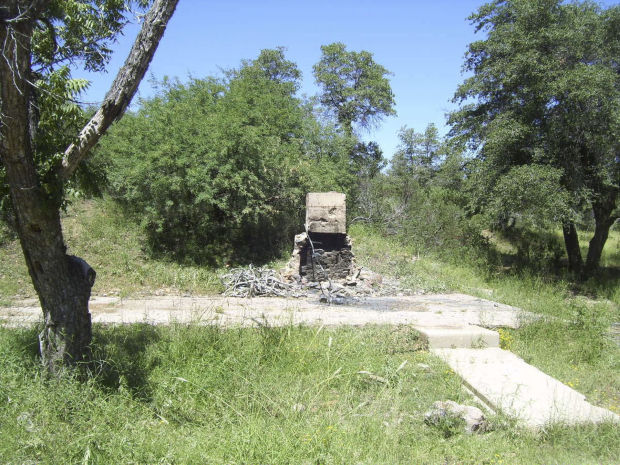Legend has it that somewhere deep in the Catalina Mountains north of Tucson lies the lost “Mine With the Iron Door.”
Other lore suggests that there was a Jesuit mission tucked away in the range sometime in the 1700s.
And then there’s the story that William “Buffalo Bill” Cody once owned a mining camp near Oracle on the north side of the Catalinas.
These and many other legends are described in a new book titled “Treasures of the Santa Catalina Mountains: Unraveling the Legends and the History.”
“Every legend was born out of some historical event. I tried to pull apart the legends and find the history behind them,” said Robert Zucker, a Tucson author and publisher who wrote the book in collaboration with William “Flint” Carter, who has spent much time in the mountains as a prospector.
The paperback book, published by Zucker’s BZB Publishing, Inc., is available on amazon.com for a discounted price of $26.99. It’s expected to be in some Tucson stores in the future at its retail price of $34.99, Zucker said.
Zucker has explored the Catalinas extensively, and he delved into historical documents in an effort to verify or dismiss the almost endless array of legends and stories that have come down over the centuries.
A few of the topics treated in the book — such as ancient petroglyphs and the still-visible remains of Francisco Romero’s mid-1800s homestead in what is now Catalina State Park — are well documented as having a solid basis in history.
Others are long on legend and short on verifiable facts. At the least, even these questionable tales from the mountains “can make a nice story,” Zucker said.
IRON DOOR MINE
“According to legends,” Zucker wrote, “there was an old Spanish mine in the Santa Catalina Mountains that supposedly held multi-millions in treasure and it was buried somewhere in the canyons.
“The earliest published account of the Mine with the Iron Door in the Catalinas was in an 1880 article in the Arizona Weekly Star,” Zucker continued. “Two prospectors told how they acquired an old map, found the lost iron door mine and a lost city, deep in the Santa Catalinas.”
Tantalizing. But there has never been word of prospectors or others actually striking it rich with bounty from the fabled mine.
Still, the legend endures — as does the mine’s name at sites such as the Iron Door Restaurant at Mount Lemmon Ski Valley.
LOST MISSION
Stories have long circulated of a “lost mission” in the mountains — perhaps dating to the late 1600s or 1700s.
Zucker’s book says, “The lost mission of the Santa Catalinas legend is rooted in some truth. Historically there was a missionary outpost named Santa Catalina (or Santa Catarina). It existed for nearly 70 years and then disappeared.”
There have been discrepancies to the location of the vanished mission, but some accounts suggest it might have been along the Cañada del Oro in the Catalinas.
Happily for Tucsonans and visitors, there’s an alternative to finding a lost mission: Simply visit historic Mission San Xavier del Bac southwest of the city.
BUFFALO BILL’S CAMP
Some bits of lore from the Catalina Mountains prove to be based on fact, the book reports.
One example: The famous entertainer William “Buffalo Bill” Cody invested in mines in the Campo Bonito mining district near Oracle in the early 1900s.
Zucker said historical accounts indicate that Buffalo Bill “had a huge mining operation,” and the book includes photos showing remains at the historic Campo Bonito mining camp.






